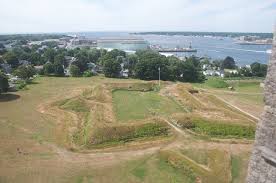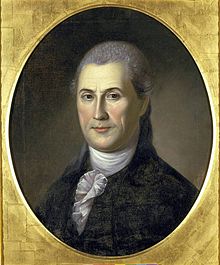Mister Samuel Clemens was rightly known for his skills as a writer, but he also developed a reputation as something of a walker. It’s not possible to say with certainty, but if the Pequot Trails had been cut through the woods then, the writer we know as Mark Twain just might have ventured here from his Hartford home along with his friend, the Rev. Joseph Twichell, to take one of their famously long walks.
The seven miles of trails, developed on historic land by the Mashantucket Pequot Tribal Nation, extend past the tribe’s museum and research center, along the edge of the historically and culturally important Great Cedar Swamp. Most of the trails are on level ground and easily navigated. For those up to it, a climb to the top of Lantern Hill will be rewarded with some great views from its 491-foot peak.
There are historical references to the hill back to 1653. It provided a vantage point for the Pequot sachem Sassacus to watch for approaching enemies.
In the War of 1812, it was also a lookout point known as Tarbarrel Hill. It took its name from the practice of hauling barrels of tar there and igniting them as a warning that enemy ships were approaching.
Later, portions of the hill were mined for its pure silica until the Pequots bought the property in 1996 and commenced a reclamation project.
Comprised of granite-gneiss bedrock with quartz deposits, the land was once part of Avalonia, a micro continent that started driving away from Africa about 500 million years ago. Sister formations can be found today in Africa and Newfoundland, Canada.
In telling the Connecticut story, we usually speak about the people who came here. This is an instance where “Connecticut” came to Connecticut. In more ways than one, this is a walk through the past as stimulating as it is fun for this is in a very real sense Connecticut in its natural state.
—————————————————————————————
The trails can be reached by following the pink paws on the ground from:
The Great Cedar Hotel lobby at Foxwoods;
The entrance to the Mashantucket Pequot Museum & Research Center;
The parking lot at Two Trees Inn adjacent to Foxwoods on Route 214.
——————————————————————————————







